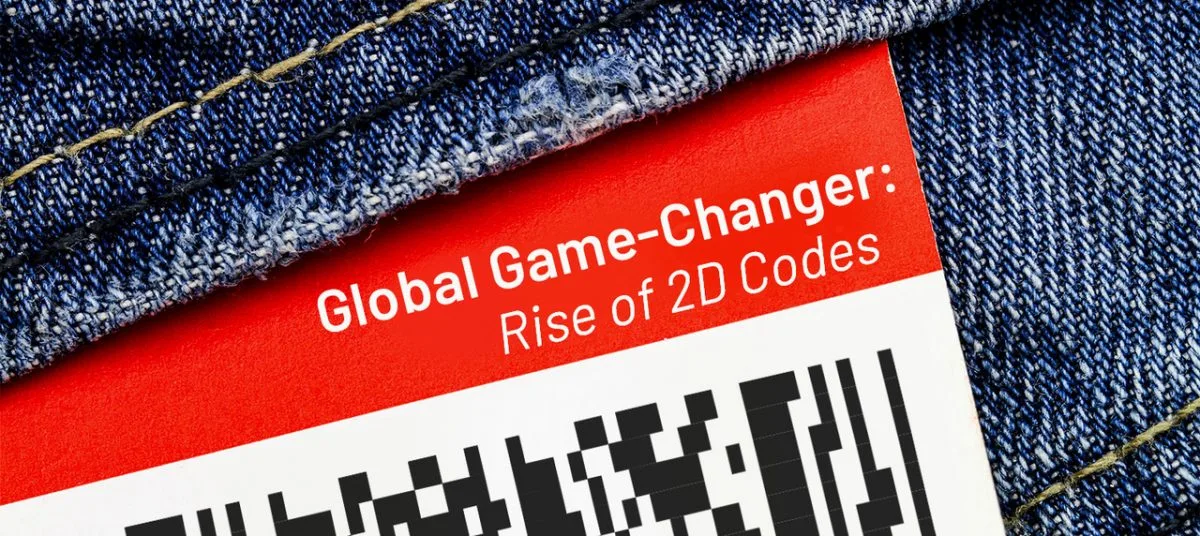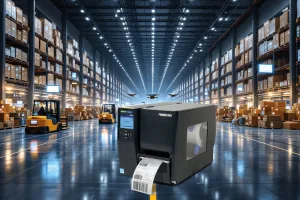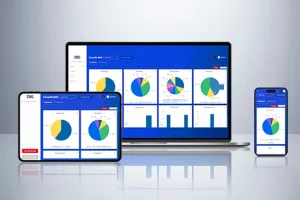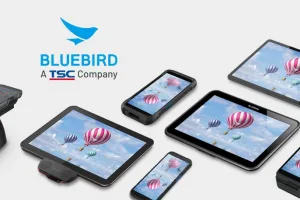2D barcodes: global logistics game-changers
If you work with barcodes regularly or are in the automatic identification and data capture (AIDC) industry, you should be aware of the rising importance and usage of 2D codes like QR codes, Data Matrix and a few other matrix codes.

IMPORTANT INITIATIVES that may have crossed your radar include ‘Sunrise 2027’ from GS1 and pending traceability requirements such as FSMA 204, DSCSA and Europe’s Digital Product Passport (DPP). These initiatives and regulations can only be fulfilled with item-level identification, the kind of which 2D codes now offer.
The reason 2D codes are becoming increasingly important is because they allow for more data in less space than traditional linear barcodes. The amount of extra data that can be encoded in a 2D code carries users across a sort of ‘critical threshold.’ That threshold is the capability to assign unique identifiers and associated real-time attributes to each item. This is generally not practical with linear barcodes because of space constraints (some linear barcodes even have technical limitations on the number of characters that can be encoded).
With 2D codes, a pair of jeans can be uniquely identified, traced and distinguished from other pairs of similar jeans. A 2D code on a pharmaceutical item could contain additional real-time information beyond the serial number such as an expiration date right in the code for automated identification and processing. The possibilities and implications of item-level identification are endless.
The key types of 2D codes
We all became quite familiar with the ubiquitous QR code during the pandemic and it has now become a staple in everyday life. Its ability to store substantial data makes it incredibly versatile, from enabling consumers to order meals and look up product information and website links, to streamlining supply chain tracking and facilitating mobile payments. The QR code is revolutionising how we interact with information.
For industries demanding more stringent traceability and data integrity, Data Matrix codes are the preferred choice. Their compact size and robust error correction capabilities make them ideal for marking small components in aerospace, pharmaceuticals, and electronics. Data Matrix codes play a crucial role in preventing counterfeiting and ensuring product authenticity throughout the supply chain.
What is the global compatibility impact?
On the scanning side of the equation, the rise of 2D codes means that millions of installed scanners need to be checked for compatibility with 2D codes. And if a scanner at, for example, a retail checkout cannot properly decode a retail 2D code, then that scanner will need to be updated or even replaced. GS1 and the University of Memphis have been diligently testing scanners with 2D codes for several years to provide clear guidelines for all.
On the other side of the equation, the side where 2D codes are actually generated, software systems will need to be updated to accommodate item-level data as opposed to the traditional SKU-level data. Additionally, thousands of printing systems, including those employing thermal label printers like those from TSC Auto ID will need to be updated to handle variable (item-level) data to encode 2D codes with real-time data such as a serial number, manufacturing date and/or batch/lot number.
TSC printers are designed to deliver exceptional performance, even when faced with the most complex symbologies. For instance, when Tesla introduced high-density QR codes for its parts, many suppliers faced a significant challenge but TSC field engineers and technical support teams worked freely with the automotive manufacturer to ensure its printers could effortlessly handle the high-density QR codes.
It should be noted that 2D codes will not displace item-level RFID, it will still have its place due to the unique benefits of the technology as an AIDC data carrier. Look out for products with both 2D codes and RFID in the future but, meantime, if you’re interested in learning more about the benefits of marrying 2D codes with RFID then download our free white paper now.






